Increased Focus on Data Analytics
Data analytics has emerged as a pivotal driver in the Cloud Computing Market. Organizations are increasingly leveraging cloud-based analytics tools to derive actionable insights from vast amounts of data. This trend is fueled by the growing recognition of data as a strategic asset. The market for cloud-based analytics is expected to reach substantial figures, with estimates suggesting a growth rate of approximately 25% annually. As businesses strive to enhance decision-making processes and improve customer experiences, the demand for advanced analytics solutions hosted in the cloud continues to rise, further propelling the Cloud Computing Market.
Rising Demand for Scalable Solutions
The Cloud Computing Market experiences a notable surge in demand for scalable solutions. Organizations increasingly seek flexibility in their IT infrastructure, allowing them to adjust resources according to fluctuating business needs. This trend is particularly evident in sectors such as e-commerce and finance, where rapid growth necessitates scalable cloud services. According to recent data, the market for scalable cloud solutions is projected to grow at a compound annual growth rate of over 20% in the coming years. This growth is driven by the need for businesses to enhance operational efficiency and reduce costs, thereby making scalability a critical driver in the Cloud Computing Market.
Expansion of Internet of Things (IoT)
The proliferation of the Internet of Things (IoT) significantly influences the Cloud Computing Market. As more devices become interconnected, the need for robust cloud infrastructure to manage and analyze the data generated by these devices intensifies. The IoT market is projected to grow exponentially, with billions of devices expected to be connected in the near future. This growth necessitates scalable cloud solutions capable of handling vast data streams and providing real-time analytics. Consequently, the Cloud Computing Market is poised to benefit from this expansion, as organizations seek cloud services to support their IoT initiatives.
Growing Emphasis on Remote Work Solutions
The shift towards remote work has catalyzed a transformation in the Cloud Computing Market. Organizations are increasingly adopting cloud-based collaboration tools to facilitate seamless communication and productivity among remote teams. This trend is underscored by the rising demand for virtual workspaces and cloud storage solutions. Market data indicates that the remote work software segment is expected to witness significant growth, with projections suggesting a doubling of its market size within the next few years. As businesses adapt to this new work paradigm, the Cloud Computing Market is likely to see sustained growth driven by the need for effective remote work solutions.
Advancements in Cloud Security Technologies
The Cloud Computing Market is witnessing a heightened focus on security technologies as organizations prioritize data protection. With the increasing frequency of cyber threats, businesses are investing in advanced cloud security solutions to safeguard sensitive information. The market for cloud security is anticipated to grow at a robust pace, with estimates indicating a growth rate of around 30% annually. This emphasis on security not only addresses compliance requirements but also builds trust among customers. As organizations navigate the complexities of data security, the Cloud Computing Market is expected to thrive, driven by innovations in security technologies.
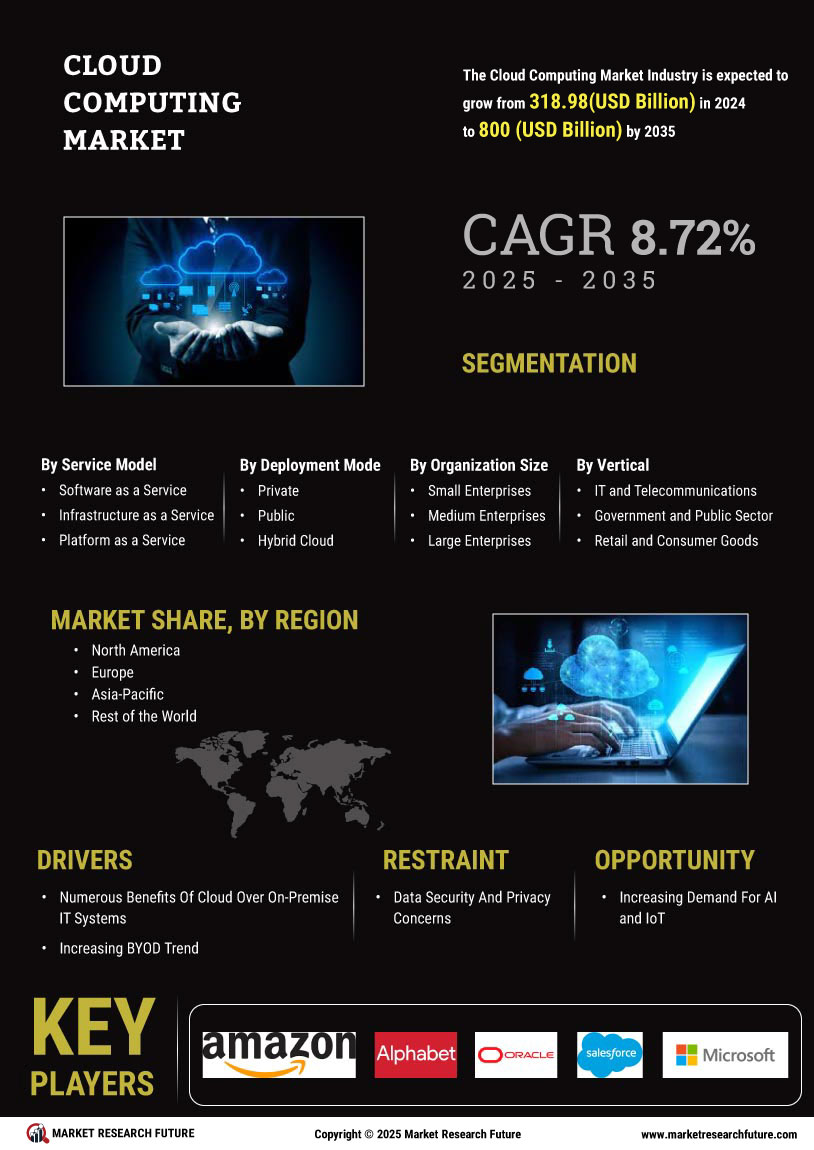

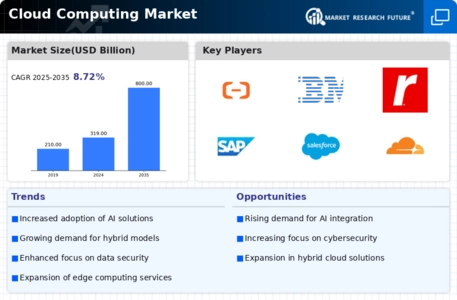
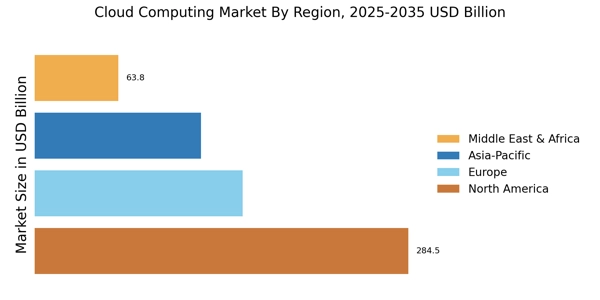



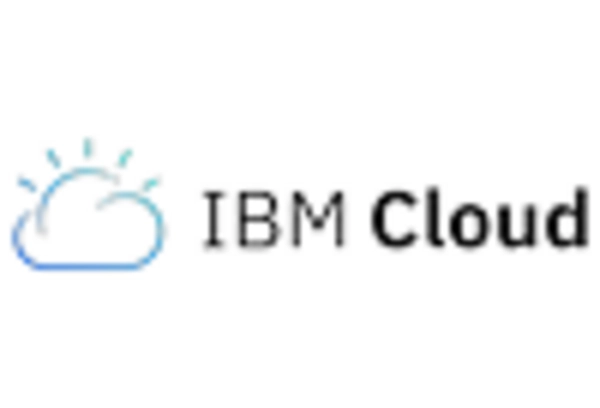
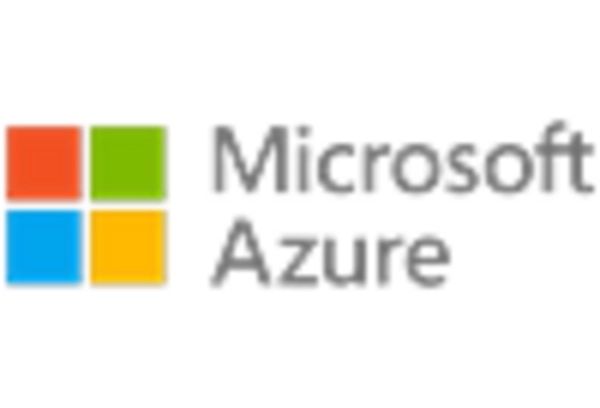









Leave a Comment